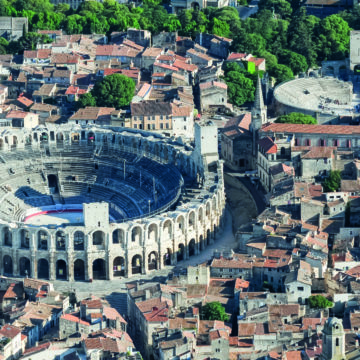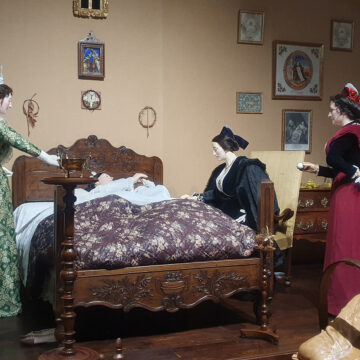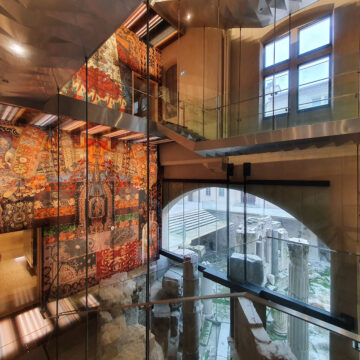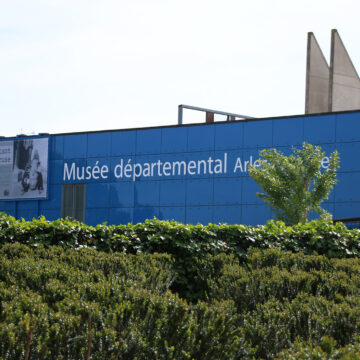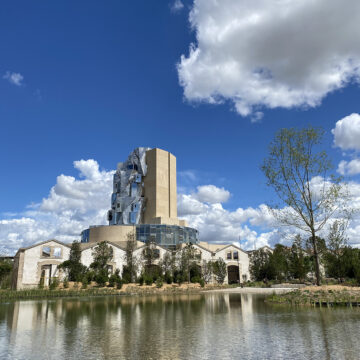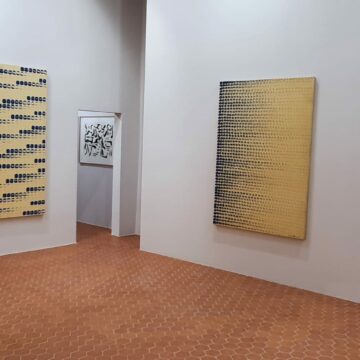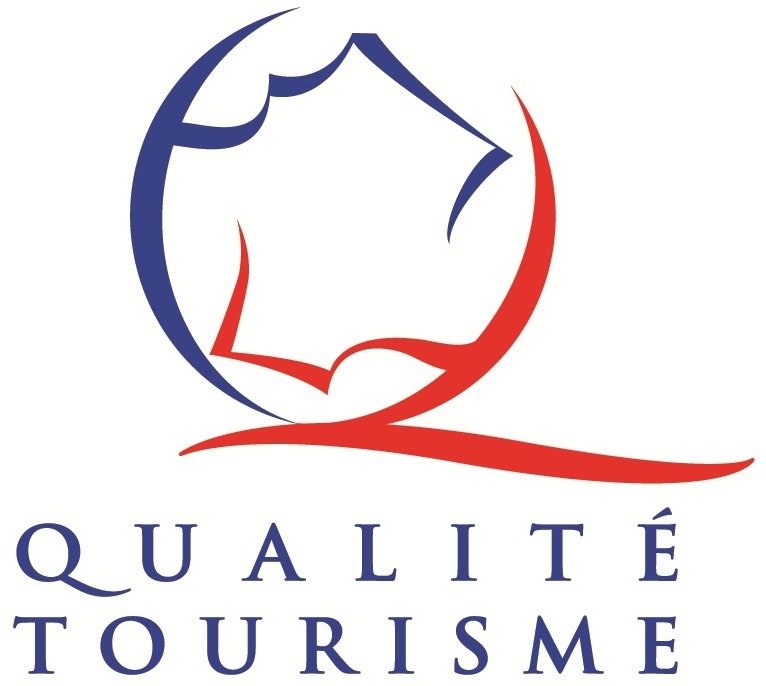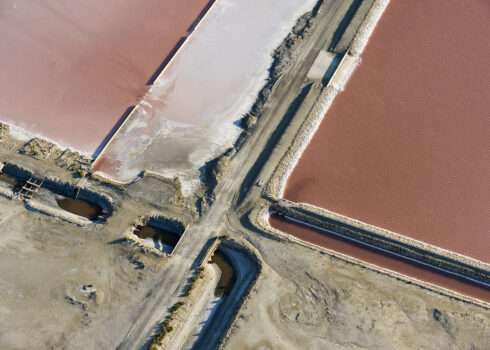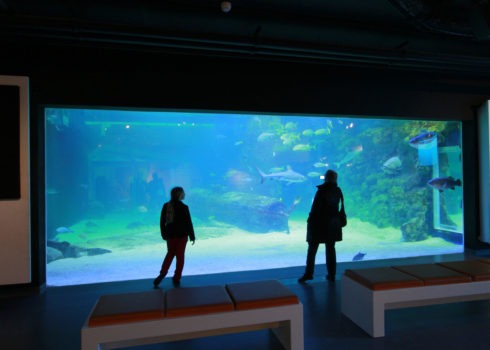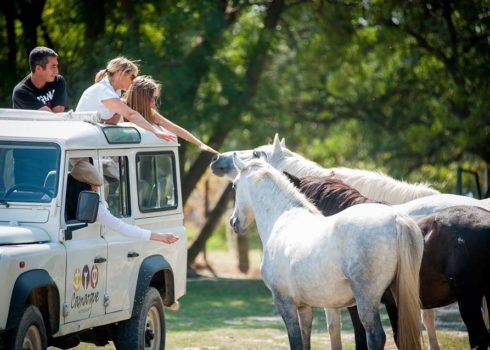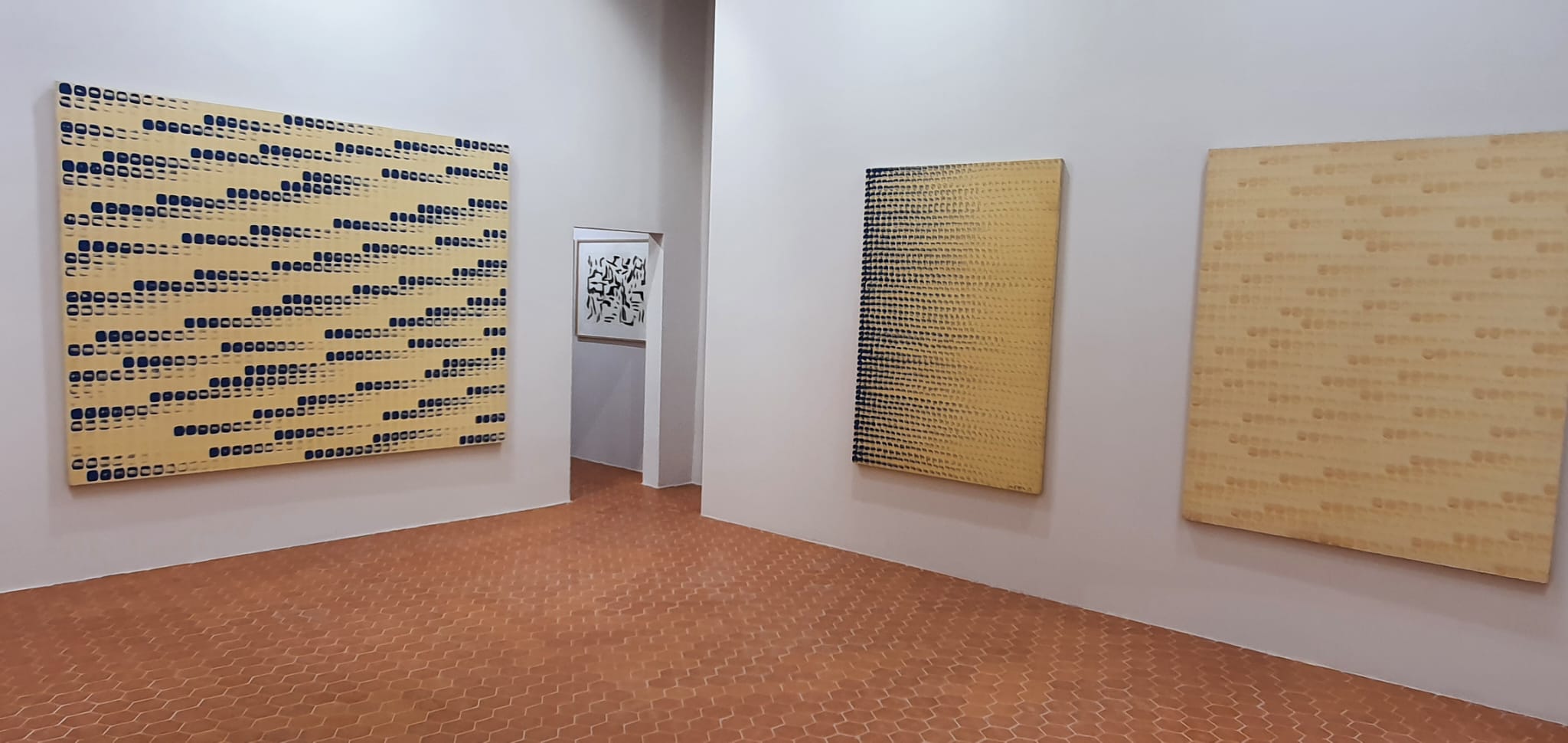
Arles, between Camargue and World Heritage
OFFICE MUNICIPAL DE TOURISME D'ARLES CAMARGUE
Esplanade Charles de Gaulle - Boulevard des Lices
13200
Arles
Contact and information
Additional information
E-mail : ot-arles@arlestourisme.com
After Rome, there’s Arles, a UNESCO World Heritage Site! Its exceptional Roman heritage can be seen around every corner: amphitheatre, ancient theatre, Constantine’s baths, cryptoporticus and the famous Alyscamps. Romanesque buildings from another era, notably the Primatiale church and the Saint-Trophime cloister, add to the splendour of the historic centre, which is also a UNESCO World Heritage Site.
Arles’ museums are real gems and well worth a visit. The Musée Départemental de l’Arles Antique, housed in a contemporary building, exhibits 1,800 items (everyday objects, architectural elements, mosaics, sarcophagi, models, etc.). A must-see to understand the evolution of the Roman city, where you can admire a 31-metre Gallo-Roman barge fished out of the Rhône and the famous bust of Julius Caesar.
The Museon Arlaten-musée de Provence offers a fascinating insight into the history of Provence. Featuring 3,500 objects, costumes and paintings, the museum’s scenography is enhanced by a host of multimedia features. Founded in 1899 by Frédéric Mistral, this “poet’s museum” combines respect for tradition with new historical perspectives. Thanks to sixty digital devices, visitors can discover the Provence of yesterday and today in a building steeped in 2,000 years of history. The monumental staircase, designed by Michel Bertreux and enhanced by Christian Lacroix, and the Jesuit Chapel are just some of the treasures to be found in this iconic building.
The Musée Réattu, the Musée des Beaux-Arts, is housed in the former Grand Prieuré of the Order of Malta. A pioneer in the field of photography since the 1960s, it now houses 4,000 works. Enriched by exceptional donations, including 57 drawings and two paintings by Picasso and works by Alechinsky, it also gives pride of place to sculpture (Germaine Richier, Toni Grand…). Since 2008, a listening room has been dedicated to sound art. This year, it is showcasing a remarkable exhibition of works by Alfred Latour.
The Vincent van Gogh Foundation in Arles pays tribute to the master and engages in a dialogue with contemporary art. By placing his works in perspective with those of contemporary artists, it highlights the influence of the painter. Summer 2024 will see the presentation of the masterpiece Starry Night (1888), on loan from the Musée d’Orsay.
LUMA Arles, located in the Parc des Ateliers, covers 11 hectares of former railway wasteland. This unique site combines the LUMA Tower, designed by Frank Gehry, with seven former 19th-century factories. The 4-hectare landscaped park, conceived as an ode to the region through its flora and fauna, is a space for living, sharing and leisure open to all.
After the Lee Ufan Museum in Naoshima and the Espace Lee Ufan at the Busan Museum of Art, the Korean painter and sculptor has chosen Arles to exhibit his work and support various artistic and cultural activities. Located in the heart of the Hôtel Vernon, a building dating from the 16th and 18th centuries, Lee Ufan Arles displays his creations on three floors, as well as offering a bookshop and boutique.
The Musée de la Mode et du Costume – Fragonard project was born of a meeting between Odile Pascal, a passionate collector of Arles costumes with her mother Magali, and Anne, Agnès and Françoise Costa, directors of the Fragonard fashion house. The Costa sisters acquired the entire collection in order to exhibit it and preserve this unique heritage of Arles fashion. Renovated in keeping with its original architecture, the building has been restored to its 17th and 18th century volumes. Architects Karl Fournier and Olivier Marty (Studio KO), renowned for their work on the Yves Saint Laurent museum in Marrakech, are responsible for this renovation, which brings together the past and the present to enhance the costume collections, some of which date back to the 17th century. (Opening planned for 6 July 2025)
The Musée de la Camargue, located between Arles and Les Saintes-Maries-de-la-Mer, is the gateway to this unspoilt region. Located at the Mas du Pont de Rousty, it is the showcase for the Camargue Regional Nature Park. Renovated in 2013 as part of a sustainable development approach, the sheepfold, under its original roof structure, offers an interactive exploration of the Camargue past and present, far from clichés.
Also in the Camargue, the Musée Paul Ricard, at the Domaine de Méjanes, traces the history of this visionary and highlights the links between the region and its inhabitants.
To discover Arles, go to the Tourist Office! There you can buy your Avantage pass (valid for 6 months to visit six monuments and four museums) or the Liberté pass (valid for one month to visit four monuments, one museum and the Musée Réattu).
Throughout the year, guided tours and historical re-enactments bring the city centre and the Camargue to life. For visitors looking for more independence, themed itineraries and walking maps are available online or from our advisors. Those who are more connected can use the Wivisites application, which offers itineraries enhanced with audiovisual and geolocation tools.
Arles also hosts major international events. In 2025, don’t miss “Arles se livre”, the Rencontres de la photographie, as well as various music, film and drawing festivals.
Opening hours of the Arles Camargue Tourist Office – Bureau des Lices Open all year round from Monday to Saturday, except on 25 December and 1 January. Sundays (and public holidays) during school holidays and in May and October: 10am – 12.45pm. Closed on Sundays and Easter Monday and on 1 May. July and August: open 7 days a week.
Labels et certifications
Schedules
| Opening hours of the Arles Camargue Tourist Office - Bureau des Lices | |
| Open all year round from Monday to Saturday, except on 25 December and 1 January. | 9am to 1pm and 2pm to 4:45pm |
| July and August: | open 7 days a week |
| Sundays (and public holidays) during school holidays and in May and October: | 10am - 12.45pm. |
| Open all day: | Sundays and Easter Monday, 1 May. |
